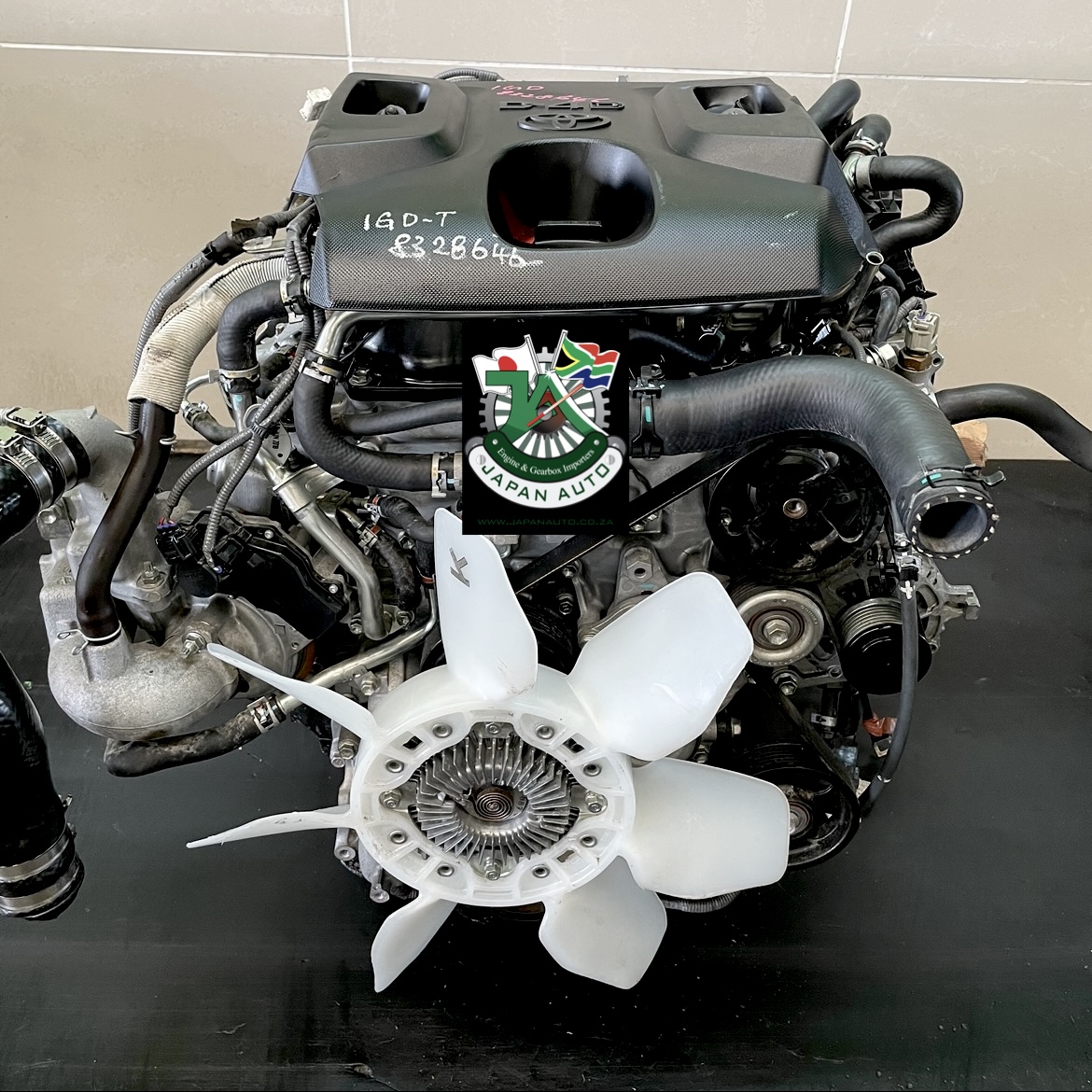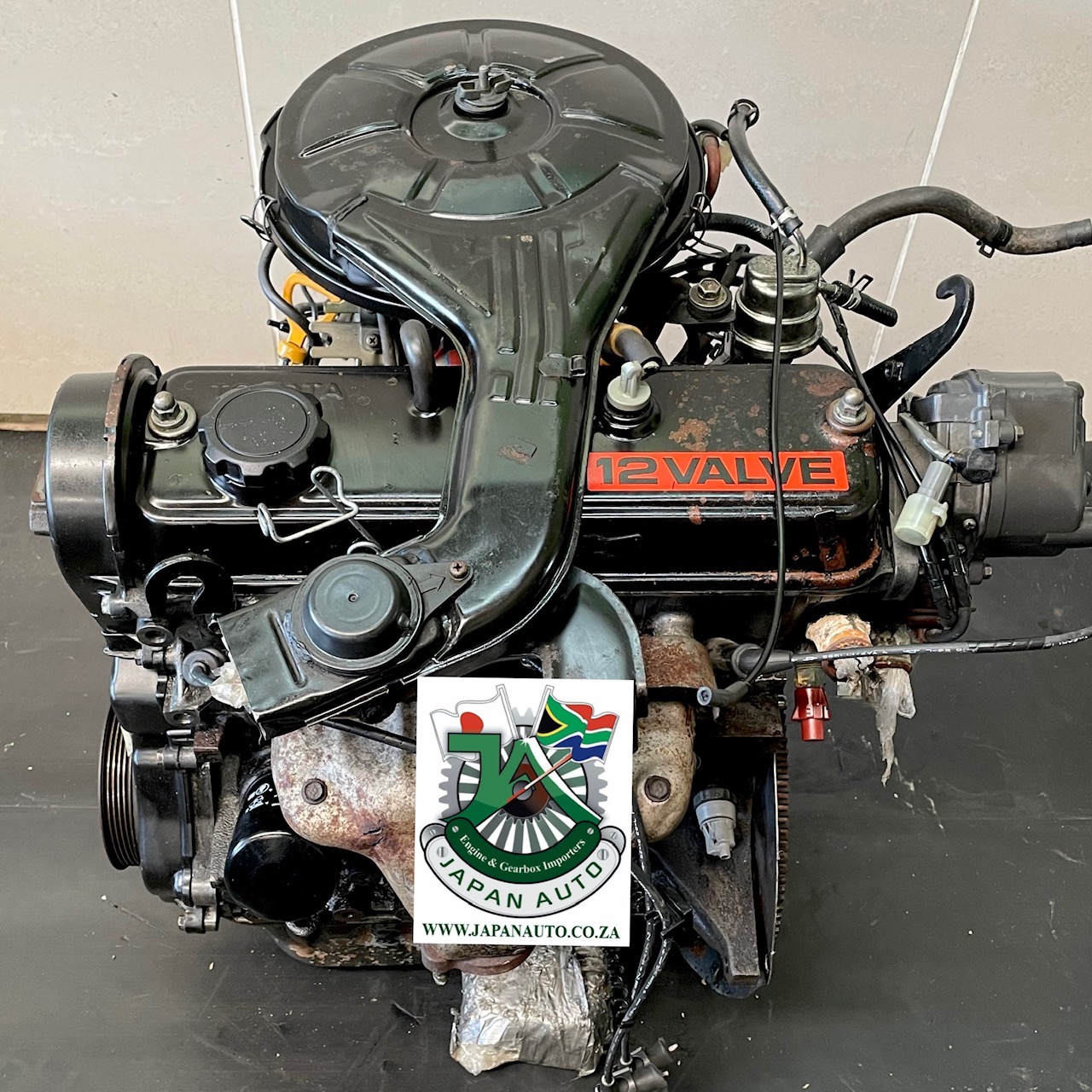Toyota Tazz: Understanding Its Popularity in the Used Car Market
Toyota Tazz: Understanding Its Popularity in the Used Car Market
Blog Article
Check Out the current Fads in Engine Modern Technology With Tazz
In the quickly developing landscape of automobile innovation, Tazz stands at the forefront, highlighting considerable innovations in engine systems that prioritize both technology and sustainability. From hybrid engines that maximize gas performance to the appearance of hydrogen fuel cells, the patterns forming modern-day powertrains are not only boosting performance but likewise resolving essential ecological difficulties.
Hybrid Engine Innovations
Hybrid engine technologies represent a critical shift in automotive modern technology, integrating the advantages of internal burning engines with electric propulsion systems. This combination not only boosts gas efficiency however likewise lowers discharges, meeting progressively stringent ecological laws. By utilizing both power sources, hybrid engines can maximize performance, delivering power when required while preserving fuel during much less requiring driving conditions.
Current improvements in crossbreed modern technology include improvements in battery efficiency and regenerative braking systems. These technologies enable better power recovery throughout slowdown, which can be rerouted to assist in acceleration or power accessory systems. Furthermore, manufacturers are concentrating on small styles and light-weight materials to optimize the effectiveness of crossbreed powertrains.
The development of plug-in crossbreeds has additionally expanded the marketplace, enabling chauffeurs to bill their vehicles utilizing typical electric outlets. This attribute typically enables significant all-electric variety, more decreasing reliance on typical gas. tazz. As the automotive industry remains to progress, hybrid engine modern technologies are expected to play an important function in connecting the void between standard automobiles and fully electric designs, supplying a transitional remedy that caters to diverse consumer requirements and preferences
Advancements in Electric Powertrains
The auto landscape is quickly developing, with electric powertrains becoming a leading pressure in lasting transport. Advancements in electric car (EV) modern technology are significantly improving efficiency, efficiency, and individual experience. Key developments include enhancements in battery chemistry, which have actually boosted energy density, minimized charging times, and expanded total battery life.
Solid-state batteries, as an example, guarantee to reinvent the marketplace by providing higher safety and performance contrasted to traditional lithium-ion cells. Moreover, developments in regenerative stopping systems are making it possible for cars to recoup energy throughout deceleration, contributing to general efficiency.
In enhancement to battery modern technology, electrical motor designs are coming to be more sophisticated. Technologies such as integrated motors and progressed thermal monitoring systems are assisting to maximize power shipment and decrease weight, inevitably improving automobile dynamics.

Jointly, these breakthroughs underscore the dedication to shift towards cleaner, more effective transportation options, placing electrical powertrains at the forefront of automotive innovation.
The Increase of Hydrogen Gas Cells
Progressively, hydrogen gas cells are gaining grip as a sensible option to traditional interior combustion engines and battery electrical cars. This technology utilizes the chemical power kept in hydrogen, converting it right into electricity through an electrochemical reaction with oxygen. The primary byproduct of this procedure is water, making hydrogen fuel cells an eco-friendly choice with zero emissions at the tailpipe.

Automakers are progressively buying hydrogen fuel cell modern technology, recognizing its capacity for long-range applications and fast refueling abilities that match conventional gas. Furthermore, industries such as sturdy transportation and public transportation are especially fit for hydrogen gas cells, where battery electrical services may fall short because of weight and variety restrictions.
As research study and investment remain to expand, hydrogen gas cells are positioned to play a considerable role in the future landscape of clean transportation and energy options.
Enhancements in Internal Combustion Engines
Technologies in interior combustion engine (ICE) modern technology are changing conventional automobiles to satisfy modern-day environmental standards and efficiency assumptions. Direct gas injection, for circumstances, enables for far better atomization of fuel, leading to even more total combustion and enhanced power result.
Additionally, turbocharging has gained prestige, enabling smaller engines to provide greater performance without the weight of bigger engines - tazz. click resources This modern technology not only increases performance yet likewise adds to reduce fuel usage. Variable valve timing systems are likewise being improved, making it possible for engines to adjust to various driving problems for improved torque and responsiveness
In addition, making use of lightweight materials in engine building and construction is ending up being basic, more boosting fuel performance by decreasing overall automobile weight. Engine control devices (ECUs) are significantly sophisticated, allowing real-time modifications that enhance performance and exhausts.
These improvements jointly represent a pivotal shift in ICE modern technology, aligning with global sustainability objectives while still offering the efficiency chauffeurs get out of their cars. As the industry evolves, these enhancements remain to shape the future of standard vehicle design.
Future Fads in Engine Efficiency
Substantial advancements in engine performance are prepared for as producers concentrate on incorporating advanced innovations to meet stringent environmental laws and customer demands. The shift in the direction of electrification, hybrid systems, and alternate gas is reshaping the automobile landscape, driving developments that boost fuel economic climate and reduce exhausts.
Among the vital patterns is the implementation of innovative materials and manufacturing methods. High-strength alloys and lightweight compounds add to decreased lorry weight, thus improving total performance. Furthermore, the fostering of turbocharging and variable shutoff timing modern technologies enables improved power outcome from smaller sized engines, better enhancing fuel economy.

Conclusion
Technologies in hybrid engine systems, electrical powertrains, and hydrogen fuel cells show a dedication to reducing discharges while improving performance. Renovations in interior combustion engines and a focus on lightweight visit this website products add to overall engine effectiveness.
From crossbreed engines that optimize gas performance to the emergence of hydrogen fuel cells, the patterns shaping modern powertrains are not only improving performance however additionally dealing with important environmental challenges.Crossbreed engine technologies represent an essential shift in vehicle innovation, incorporating the advantages of inner combustion engines with electrical propulsion systems.In addition, turbocharging has actually gotten prominence, allowing smaller engines to deliver higher performance without the weight of bigger engines. Furthermore, the adoption of turbocharging and variable valve timing technologies enables for improved power outcome from smaller sized engines, even more click now boosting gas economic climate.
Improvements in internal combustion engines and an emphasis on lightweight products add to general engine efficiency.
Report this page